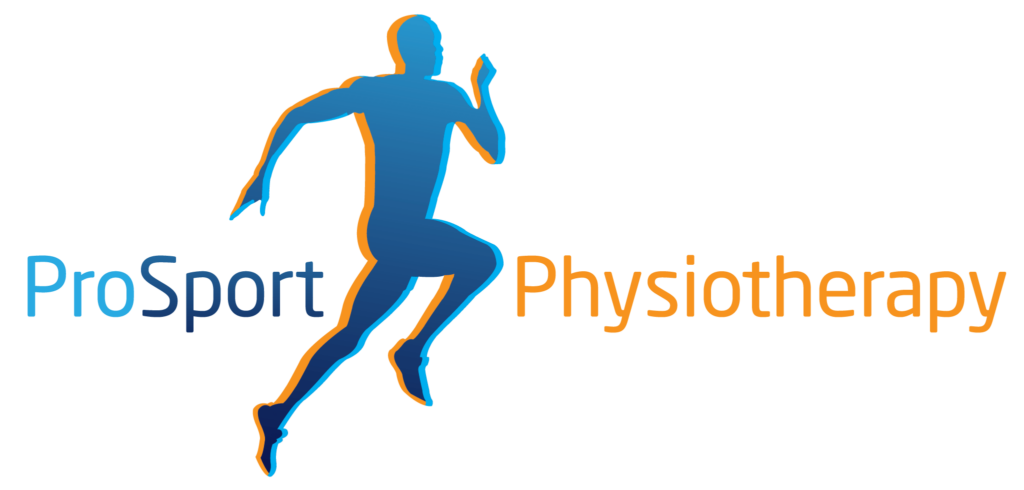Have you ever had sharp pains coming down the back of your leg? Have you ever been told you might have sciatica but unsure what that means?
Just hearing that word can be enough to scare anyone. Who do you look to and where do you go?
The truth is, sciatica is a common issue that we deal with here at ProSport Physiotherapy but can often be misunderstood.
So today I want to clear up what sciatica is, what it isn’t, and how to beat your pain.
What is Sciatica?
Sciatica is an umbrella term to describe several different symptoms that occur when one or more of your nerves from the lumbar spine become irritated.
Symptoms can vary from a stabbing, burning, or shooting sensation. You may also experience some pins and needles down your bottom, into the back of your legs or feet along with numbness and muscle weakness.
Sciatica can also be linked with back pain, but this is not always the case.
What Causes Sciatica?
The simple answer is anything that irritates the sciatic nerve. What actually causes them to become irritated is down to each individual.
Without knowing your story or your injury history it is very difficult to understand this. But here are a list of ways your sciatic nerve can become irritated:
1) Lumbar disc bulge/herniation – One of the most common causes of sciatica is a bulging or herniated disc. This occurs where one of the vertebral discs over time starts to protrude forward and pinches on one of the nerve roots. It’s important to know that this does not mean that your discs have ‘popped out’ or ‘slipped’ but rather over time begin to slowly bulge forward.

2) Stenosis – There are 2 types of stenosis:
- Foraminal stenosis – This is where there is a decrease in size of the hole where the lumbar nerve root exits, increasing the likelihood it will become compressed.
- Central stenosis – this is a narrowing of the central spinal canal, which places pressure on the spinal cord and cauda equina (collection of nerves at the end of the spinal cord).
Stenosis usually occurs as a result of a congenitally small spinal canal, coupled with degenerative changes. Symptoms often occur on both legs.
3) Spondylolisthesis – This is where one of the vertebrae slips forwards onto the vertebrae below it. This in turn may put pressure on the nerves. The most common types of spondylolisthesis are either:
- Congenital – Occurs at birth where the baby’s spine does not form as it should do. This can put the misaligned vertebrae at a higher chance of slippage later on in life.
- Degenerative – over time the discs between the vertebrae lose water and begin to thin, this in turn then can increase chances of slippage of the vertebrae above.

4) Muscular tightness – You may have heard of ‘piriformis syndrome’ before. This is referring to a particular muscle which is around the outside of the hip joint. This muscle, alongside others, is important in rotating the hip side to side. The sciatic nerve runs through these particular muscles before it reaches towards the hamstring. In some people these muscles around the hip can become very tight and put pressure on the sciatic nerve.

Is Sciatica Serious?
Although very painful, the majority of the time sciatica does not mean any serious pathology is present.
Just like muscles can get irritated, so can nerves! So just because you’re experiencing sciatic symptoms does not make the problem more difficult to treat or give more cause to worry.
The majority of the time sciatic symptoms will settle after about 6-12 weeks with the correct rehab in process. Although it sounds scary to have a ‘disc bulge’, again this does not mean anything serious has occurred and a recent study showed that up to two-thirds of disc bulges spontaneously heal themselves!

Will I Need Surgery?
Only a very small subgroup may be relevant for surgical intervention but this is in very rare cases. The best course of action for anyone with sciatic symptoms is to do a course of physiotherapy.
The rehab process may take some time but you should make some significant improvement with the right rehab plan as long as you trust the process.

How Is Sciatica Diagnosed?
The best thing to do is to get in touch with one of the therapists who will be able to diagnose the issue based on your symptoms and assessment. Trusting the assessment is clear and there are no signs of a serious pathology there is usually no need for any further imaging such as X-ray or MRI.

How Do You Treat Sciatica?
This depends on each individual. Not every case is the same so we’ll need to make sure the treatment plan is specific to you as an individual. At ProSport we’ll pay close attention to your specific story.
By understanding your history we can get a good understanding of which areas are working too hard and which ones aren’t doing enough.
Although we will treat the symptoms and aim to give you some strategies throughout the day to help this, we’ll want to spend the majority of the time treating the root cause of the problem.
This will not only help ease your pain but it will also help ensure this issue does not return in the future!

Don’t Suffer With Sciatica
Sciatica can be a painful and exhausting ordeal to manage which can significantly decrease your quality of life. Maybe the problem is affecting your work. Maybe you’re no longer able to sleep properly or enjoy your morning walk.
Whatever it is, you do not need to suffer. We want to help. All you have to do is click here, book your appointment, and start your journey back to a pain-free life today.
Click here or call 01484 443173 to book your 1-1 assessment right now.
